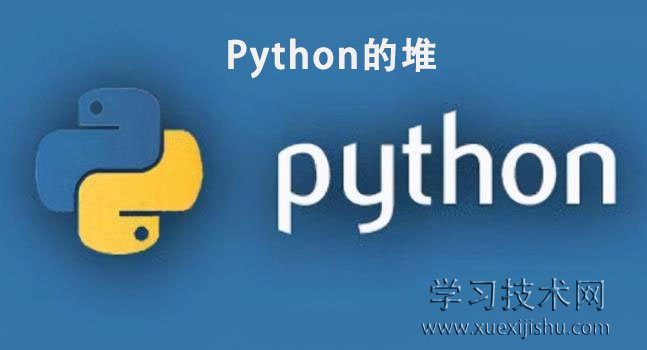Python可以使用列表实现堆的功能。堆相关操作包含:
1. 上浮(shift_up()):
- 当节点值大于父节点时,交换值实现上浮
- 语法:
python
def shift_up(self, index):
parent = (index - 1) // 2
while index > 0 and self.heap[parent] < self.heap[index]:
self.heap[parent], self.heap[index] = self.heap[index], self.heap[parent]
index = parent
parent = (index - 1) // 2
|
2. 下沉(shift_down()):
- 当节点值小于子节点时,交换值实现下沉
- 语法:
python
def shift_down(self, index):
length = len(self.heap)
left = 2 * index + 1
right = 2 * index + 2
largest = index
if left < length and self.heap[left] > self.heap[largest]:
largest = left
if right < length and self.heap[right] > self.heap[largest]:
largest = right
if largest != index:
self.heap[largest], self.heap[index] = self.heap[index], self.heap[largest]
self.shift_down(largest)
|
3. 堆化(heapify()):
- 从最后一个父节点开始,依次下沉调整堆
- 用于构建初始堆
- 语法:
python
def heapify(self):
length = len(self.heap)
for i in range((length - 1) // 2, -1, -1):
self.shift_down(i)
|
4. 插入元素:
- 将新元素添加到堆尾部,然后上浮调整堆
- 语法:
python
def insert(self, value):
self.heap.append(value)
self.shift_up(len(self.heap) - 1)
|
示例:
python
class MaxHeap:
def __init__(self):
self.heap = [0]
# 上浮 shift_up()
# 下沉 shift_down()
# 堆化 heapify()
# 插入元素 insert()
# 其余方法...
heap = MaxHeap()
heap.insert(3)
heap.insert(2)
heap.insert(1)
# [0, 3, 2, 1]
|
堆是一种重要的数据结构,要理解堆与树和栈的区别。要会使用列表来模拟堆,实现上浮、下沉、堆化等操作。
要熟练掌握各种方法构建堆和堆的插入、删除等操作。要在项目中根据需求选择堆解决问题。

堆的学习可以帮助理解二叉树和优先级队列等概念。堆在很多场景如最值查找、优先级队列和排序等有着广泛应用,要深入学习堆相关知识。
堆属于数据结构高级课程,要在代码中实践不断总结。堆的理解和应用属于技术提高的重点内容,需要长期练习。
要养成在项目中使用堆的习惯,编写高效的程序。堆的学习有助于理解更复杂程序的实现原理。要不断精进,深入研究堆相关理论知识,实现专业算法和软件的设计。
